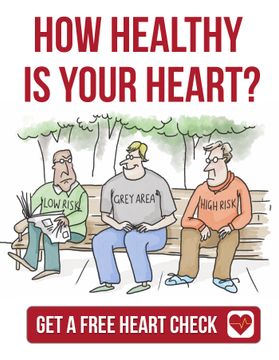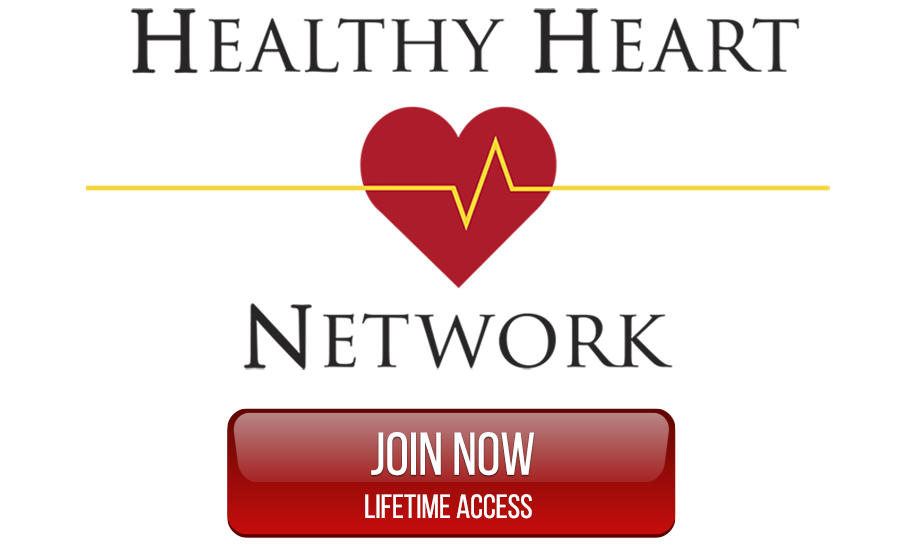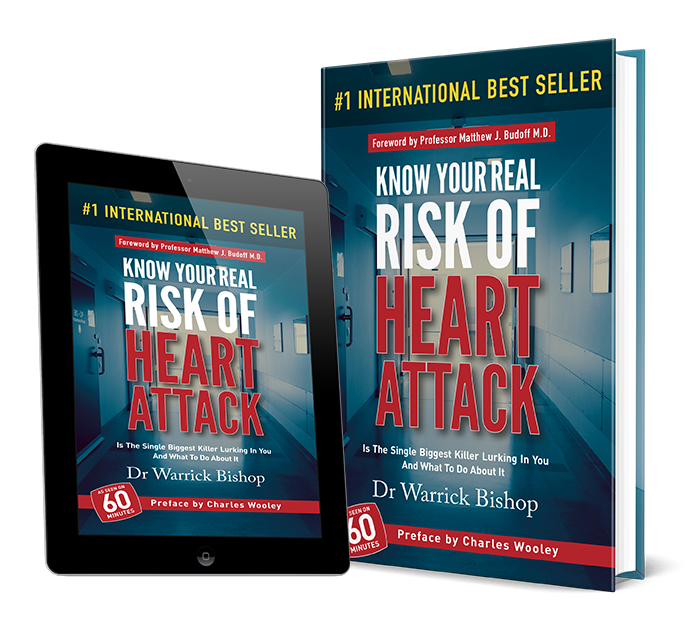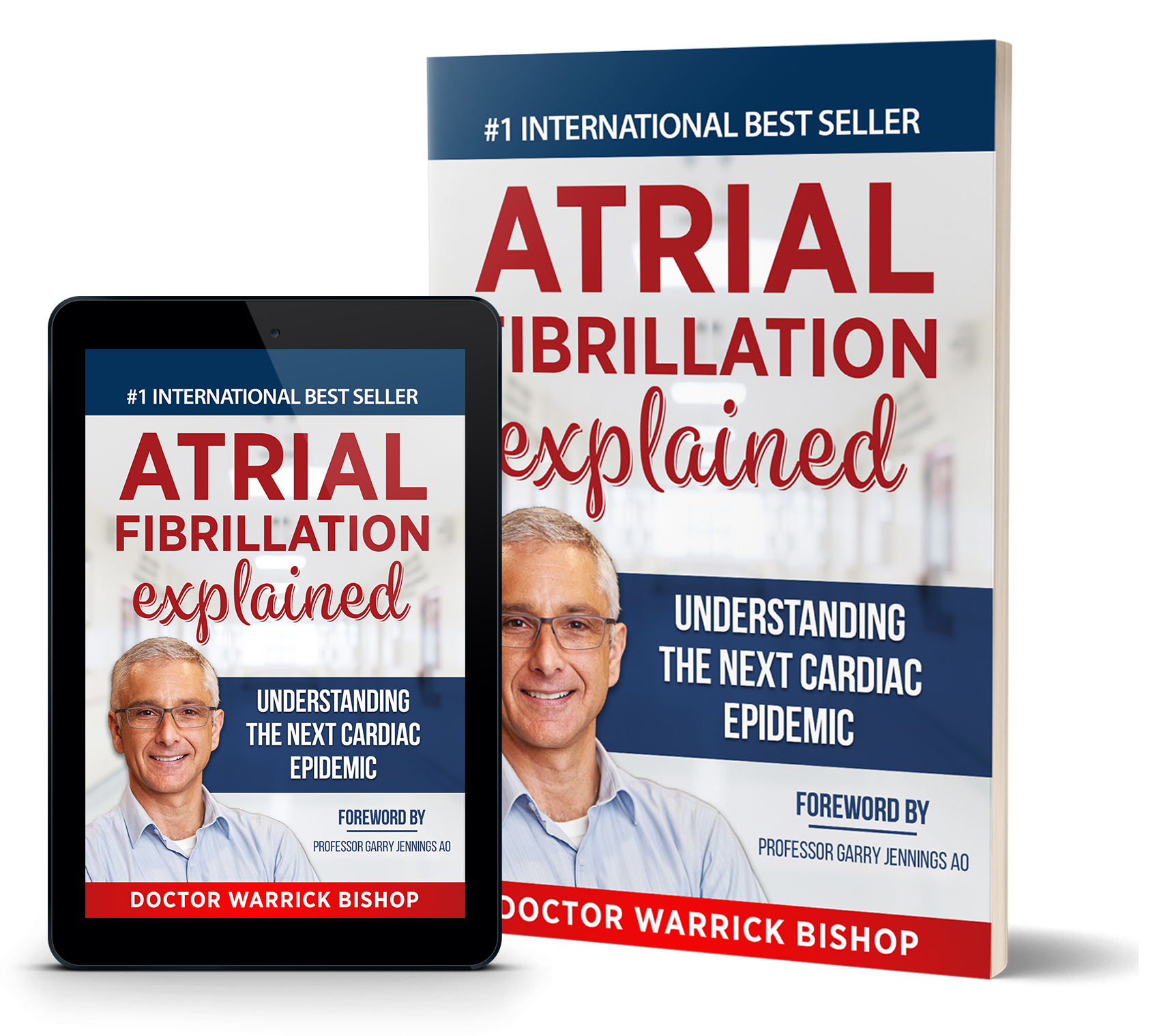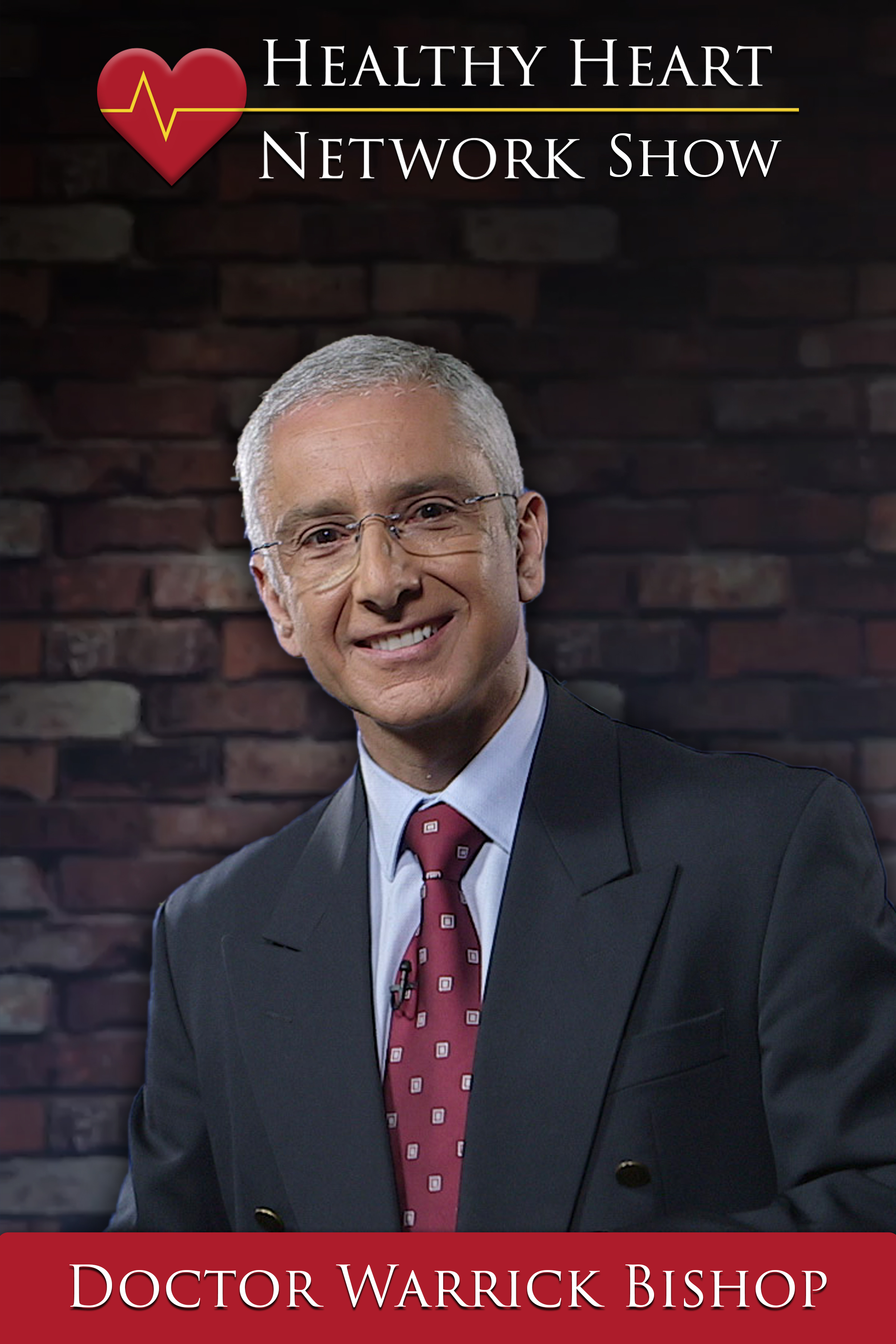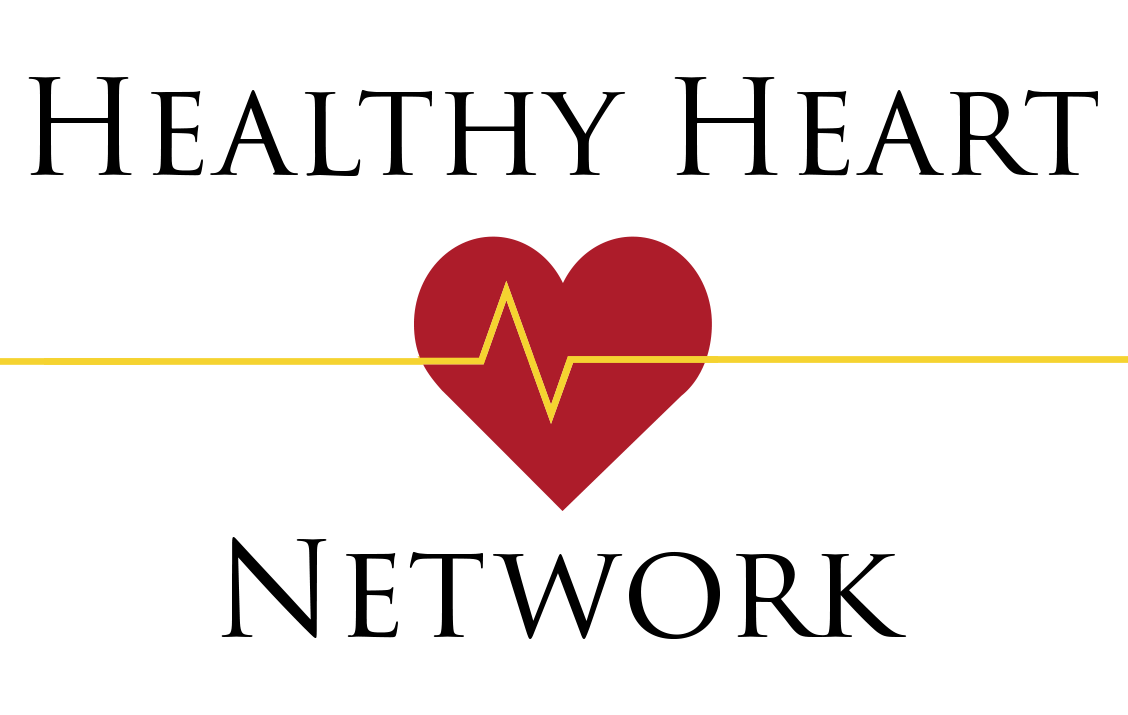Keeping cholesterol levels in check reduces the risk of arterial plaque buildup and heart attacks.
Welcome to the Younger Longer 28-Day Healthy Heart Challenge, a transformative podcast series designed to help you take control of your heart health and live a longer, healthier life. Over the next 28 days, we’ll guide you through a comprehensive journey covering key aspects of cardiovascular wellness—nutrition, exercise, stress management, medical awareness, and lifestyle choices.
Each daily episode is packed with expert insights from Dr. Warrick Bishop, best-selling author and cardiologist dedicated to preventing heart disease before it becomes a life-threatening issue. Using the latest science and practical strategies, this series empowers you to make heart-healthy choices and build habits that will support your well-being for years to come.
What You’ll Learn in the 28 Days:
✔ Understanding Your Heart – How it functions and why proactive care is essential.
✔ Heart-Healthy Nutrition – The best foods to fuel your cardiovascular system.
✔ Exercise & Movement – The role of physical activity in strengthening your heart.
✔ Stress & Mental Well-being – Managing stress and anxiety for a healthier heart.
✔ The Power of Sleep – How sleep quality impacts cardiovascular function.
✔ The Impact of Smoking & Alcohol – Making informed lifestyle changes.
✔ Supplements & Medical Insights – Understanding key nutrients and medical checkups.
✔ Advanced Heart Testing & Risk Factors – Going beyond traditional risk assessments.
✔ Sustaining Long-Term Heart Health Habits – Turning knowledge into action for lifelong benefits.
Why Listen?
- Get practical tips and science-backed advice you can apply immediately.
- Learn from real-world examples and medical expertise.
- Gain daily challenges to help you stay engaged and track progress.
- Take charge of your heart health in a simple, effective, and engaging way.
Your heart is your most vital organ, and the steps you take today will shape your future health. Whether you’re looking to prevent heart disease, manage risk factors, or simply improve your overall well-being, this 28-day challenge is your roadmap to a healthier, longer life.
Subscribe and start your journey today—because every heartbeat counts!
Transcript
Hi, and welcome to Day 12.
My brief is to keep this podcast between three to five minutes, but today we're talking about cholesterol and heart disease—and honestly, I could talk about this for hours! I don’t even know where to start, and I definitely don’t know where to end. But one key concept I really want to convey is the misconception about “good” and “bad” cholesterol—because this causes a lot of confusion.
Right now, I’m in the process of writing a book called "Cholesterol Explained" with a colleague of mine, an Australian expert who is world-renowned in this field. Our goal is to give people all the information they need to make the best decisions regarding cholesterol and to work with their doctor more effectively.
One of the main things we want to make clear in the book is that cholesterol itself is neither good nor bad—it just is. Cholesterol is a molecule. It’s present in the cell membranes of every cell in the body. It plays a crucial role in bile salt production, is essential for vitamin D synthesis, and is a key component of hormone production. So cholesterol itself isn’t the problem.
When we talk about “good” and “bad” cholesterol, what we’re actually referring to is the way cholesterol is transported in the blood. Cholesterol is a type of fat, and since fat doesn’t mix well with water, it can’t just float around in the bloodstream on its own. Instead, it needs to be carried in particles called lipoproteins.
The two main types of lipoproteins are:
Low-Density Lipoprotein (LDL) – Often called “bad” cholesterol.
High-Density Lipoprotein (HDL) – Often called “good” cholesterol.
But here’s the thing—cholesterol is the same in both LDL and HDL. The difference lies in the particles carrying it.
To put it simply, LDL particles deposit cholesterol in the arteries, which can lead to plaque buildup and heart disease. In contrast, HDL particles help remove cholesterol from the arteries and transport it back to the liver, where it can be broken down and eliminated.
Think of it this way: cholesterol is like a young man. A young man in a bikie gang may behave very differently from a young man in a church group. The young man is still the same person, but his behavior is influenced by the company he keeps. Similarly, cholesterol’s impact on your health depends on which lipoprotein is carrying it.
So instead of asking, "Is cholesterol good or bad?", we should be asking, "Do we have too many LDL particles and not enough HDL particles?" That’s what blood tests measure, and that’s what really matters for heart health.
Please check out the resources for today—we go into this topic in even more detail.
Wow, I love cholesterol, and I hope you do too! For now, I’m going to wish you the very best. Have a great day, live as well as possible for as long as possible, and I’ll see you next time.
Take care and bye for now!
Are You at Risk of a Sudden Heart Attack? How Healthy is Your Heart? Really?
Heart disease is the #1 killer in the Western World. In Australia, someone dies every 28 minutes from heart disease. That’s 51 people a day. In the US, someone has a heart attack every 40 SECONDS! Fortunately, many heart attacks are preventable. However, regular exercise and eating healthy are no guarantee you won’t succumb to this silent killer.
- 94% of Australians have at least One Risk Factor for heart disease.
- 59% of Australians have been Touched by heart disease.
- Yet only 3% of Australians have had a Full Heart-Health Assessment in the past 12 months.
Do the free heart check today at www.virtualheartcheck.com.au
Join the Healthy Heart Network and become part of our growing community!
Do You Want to Improve Your Heart’s Health and Reduce Your Risk of Suffering a Heart Attack? Join The Healthy Heart Network For Only $5 Lifetime Access (Valued at over $55)!
The Healthy Heart Network is designed to help members:
- understand the present state of their heart’s health
- recognise their current level of risk of suffering a heart attack
- Learn the positive steps they can take to improve their situation
Visit https://healthyheartnetwork.com/ and click on the JOIN THE FAMILY BUTTON




